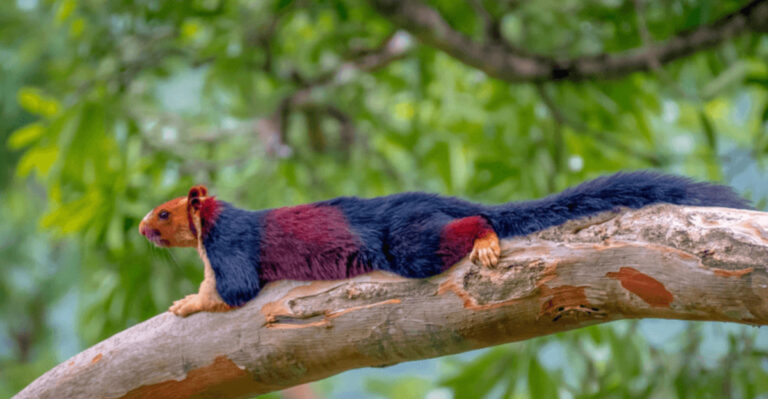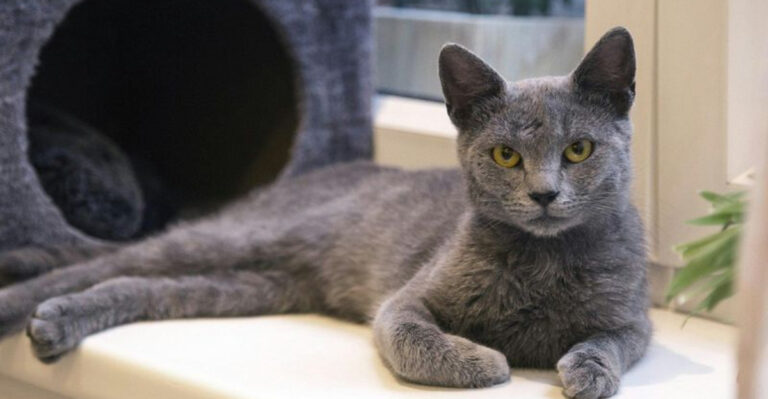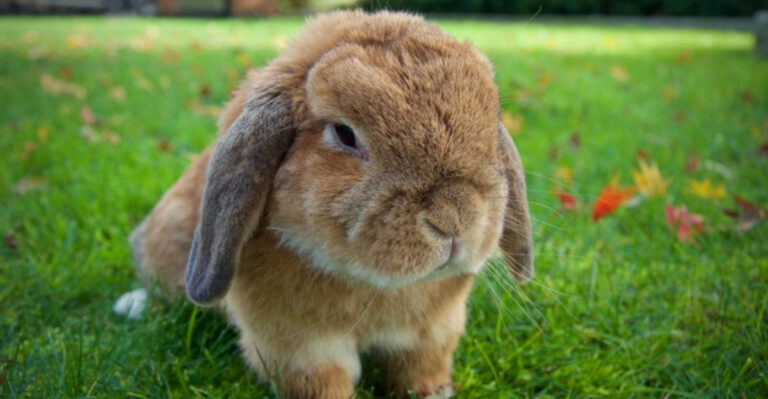13 Invasive Species U.S. Struggles To Control

Across America, unwanted guests are causing serious environmental havoc. These invasive species outcompete native wildlife, destroy habitats, and cost billions in damage control annually.
From waterways to forests, these biological invaders have established themselves despite our best efforts to keep them in check.
1. Asian Carp

Silver and bighead carp leap from rivers when startled by boat motors, sometimes injuring boaters with their 40-pound bodies. Originally imported to control algae in aquaculture ponds, these fish escaped during floods in the 1970s.
Now they dominate many Midwestern waterways, consuming up to 40% of their body weight daily and starving native fish species of crucial plankton.
2. European Starling
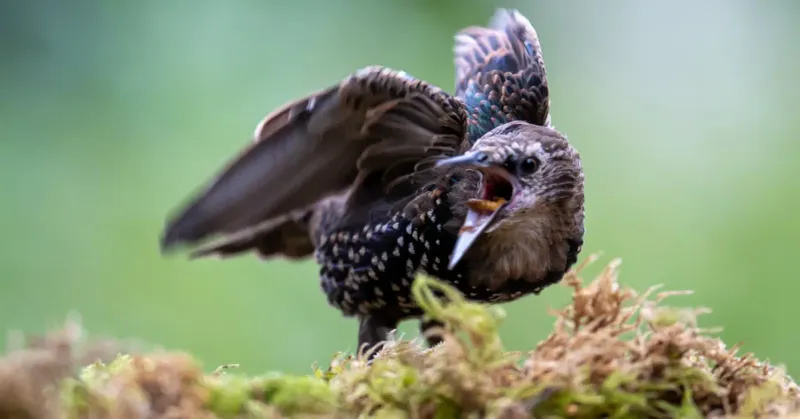
Blame Shakespeare enthusiasts for this feathered menace. In 1890, about 100 starlings were released in New York’s Central Park by a group wanting to introduce all birds mentioned in Shakespeare’s works.
Today, over 200 million starlings blanket North America, traveling in massive, crop-destroying flocks. Their aggressive nesting habits push out bluebirds, woodpeckers, and other native cavity-nesting species.
3. Brown Tree Snake
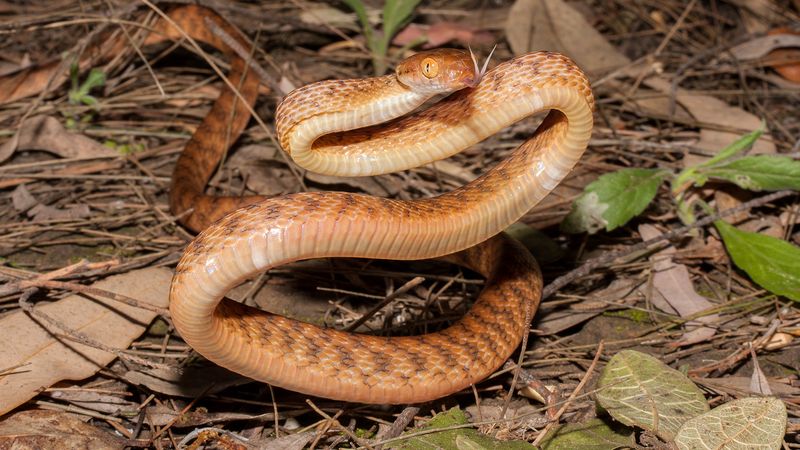
Slithering stowaways arrived on Guam after World War II, likely hiding in military cargo. Without natural predators, brown tree snakes multiplied explosively, reaching densities of up to 13,000 per square mile.
Their voracious appetite has eliminated 10 of 12 native forest bird species. Wildlife officials now struggle to prevent their spread to Hawaii and other Pacific islands.
4. Zebra Mussels

Tiny but terrible, these striped mollusks hitchhiked to America in ship ballast water from the Caspian Sea region. Each female produces up to one million eggs annually, allowing them to carpet lake bottoms with up to 700,000 mussels per square meter.
Their filtering drastically alters water chemistry while their razor-sharp shells slice swimmers’ feet and clog water intake pipes, causing billions in damage.
5. Feral Hog

Descendants of escaped domestic pigs and introduced European wild boars now rampage across 35 states. A sow can produce two litters yearly with 4-12 piglets each, creating an unstoppable population explosion.
Armed with sharp tusks and weighing up to 400 pounds, these intelligent marauders plow through farm fields and native ecosystems like living bulldozers, causing $2.5 billion in annual damages.
6. Burmese Python
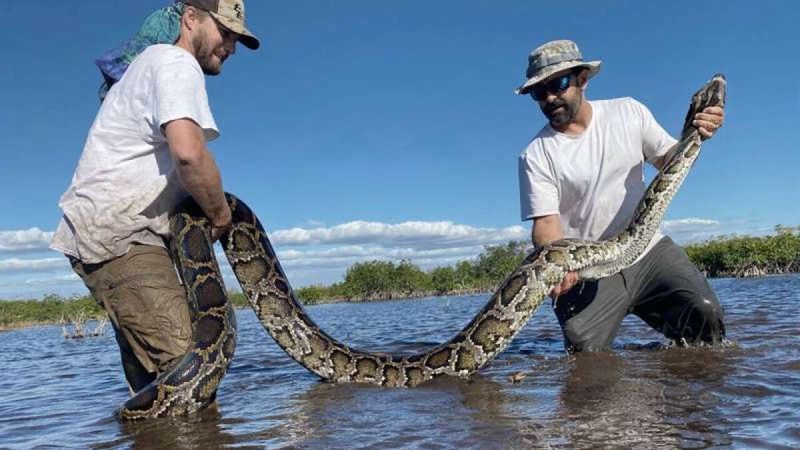
With an unyielding appetite and remarkable size, the Burmese Python has become a symbol of the struggle against invasive species in Florida. These massive snakes, often over 15 feet long, prey on native wildlife, including endangered species, dramatically altering the ecological balance.
Controlling this formidable reptile has led to annual python hunts and research into biological control methods. Despite these efforts, the Burmese Python remains a dominant force, challenging local wildlife management and conservation efforts.
7. Cattle Egret

Unlike most invasive species, cattle egrets arrived in North America without human assistance. These white birds flew across the Atlantic from Africa in the 1950s, expanding rapidly across the continent.
Following grazing livestock to catch disturbed insects, these opportunistic birds outcompete native herons and egrets for nesting sites. Their colonies produce acidic droppings that kill vegetation and alter local ecosystems.
8. Eurasian Collared Dove
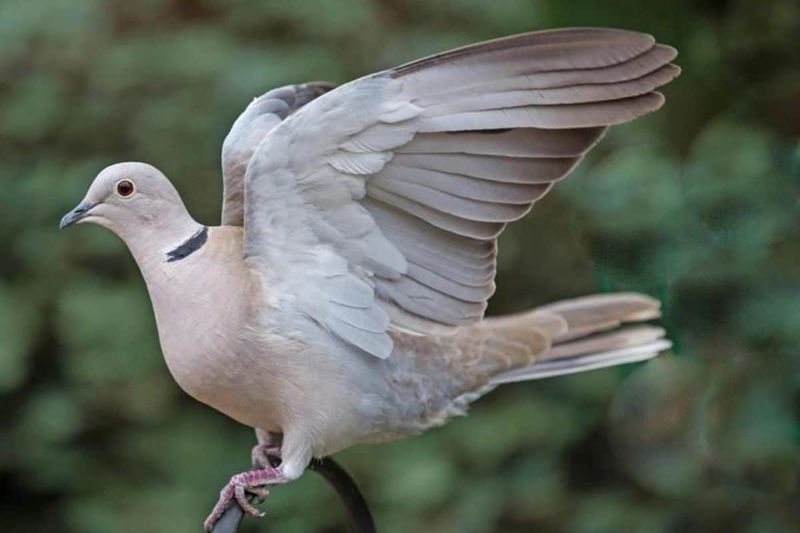
From pet shop escapees in the Bahamas during the 1970s to conquering most of North America today, these pale doves represent one of the fastest bird invasions ever recorded. Their distinctive black neck ring makes them easy to identify.
While not as destructive as some invasives, these prolific breeders displace mourning doves and other native species through competition for food and nesting sites. Their year-round breeding cycle gives them a reproductive advantage.
9. Asian Longhorned Beetle
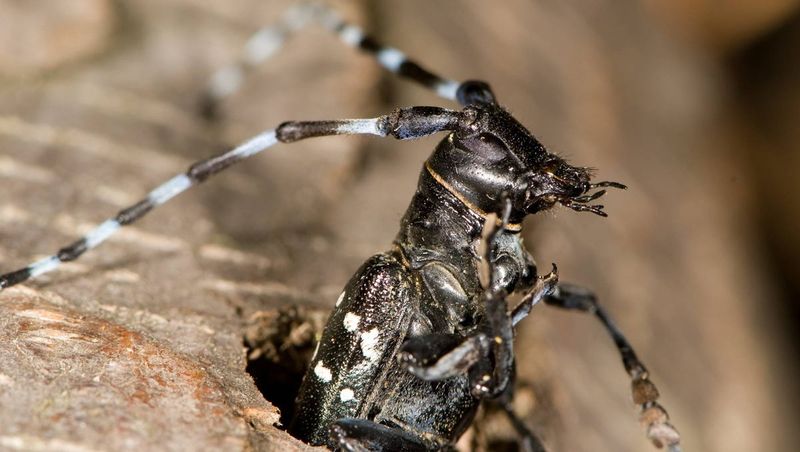
Lumber and wooden packing materials from China delivered more than goods to American shores. Hidden inside was this glossy black beetle with distinctive white spots and antenna longer than its body.
Adult females chew depressions into tree bark to lay eggs, while larvae tunnel deep into hardwood trees, destroying them from within. Since discovery in 1996, eradication efforts have cost hundreds of millions while thousands of trees have been removed.
10. Cane Toad

Florida’s swamps harbor these toxic amphibians, originally imported from South America to control sugarcane pests. Growing up to 9 inches long and weighing nearly 4 pounds, these are truly monster toads.
When threatened, cane toads secrete a milky poison potent enough to kill dogs and native predators. With females laying up to 30,000 eggs per clutch, they quickly dominate wetland habitats while consuming almost anything they can fit in their enormous mouths.
11. Mongoose
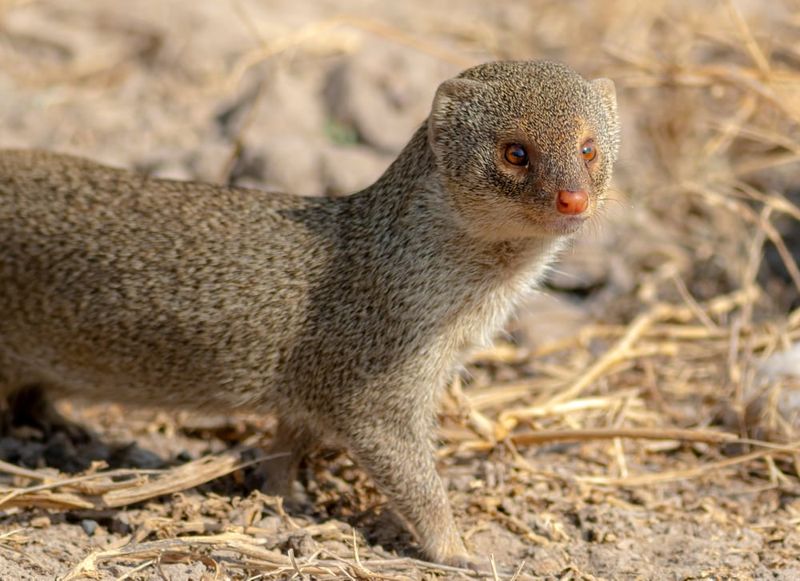
Hawaiian sugar plantation owners released mongooses in the 1880s hoping they would control rat populations. Instead, these agile predators preferred hunting during daylight hours while rats remained nocturnal. The result? A double disaster of rats AND mongooses.
These clever hunters devastated ground-nesting birds, contributing to numerous Hawaiian species extinctions. Their adaptability and lack of natural predators have made control efforts largely unsuccessful.
12. Norwegian Rat
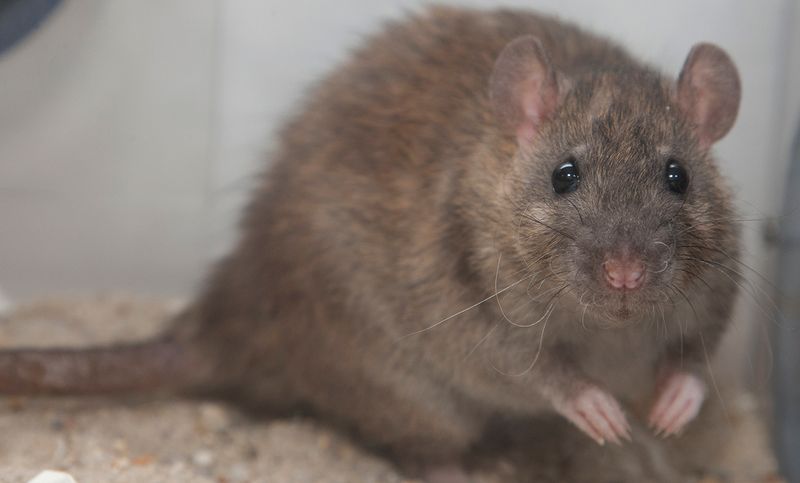
Stowing away on European ships in the 1700s, these highly adaptable rodents quickly colonized America. Despite their name, Norwegian rats actually originated in Asia. Urban areas suffer most from their destructive gnawing, which damages infrastructure and causes fires by chewing electrical wires.
Beyond property damage, they contaminate food supplies with urine and feces while spreading diseases like leptospirosis, hantavirus, and plague.
13. Common Pigeon
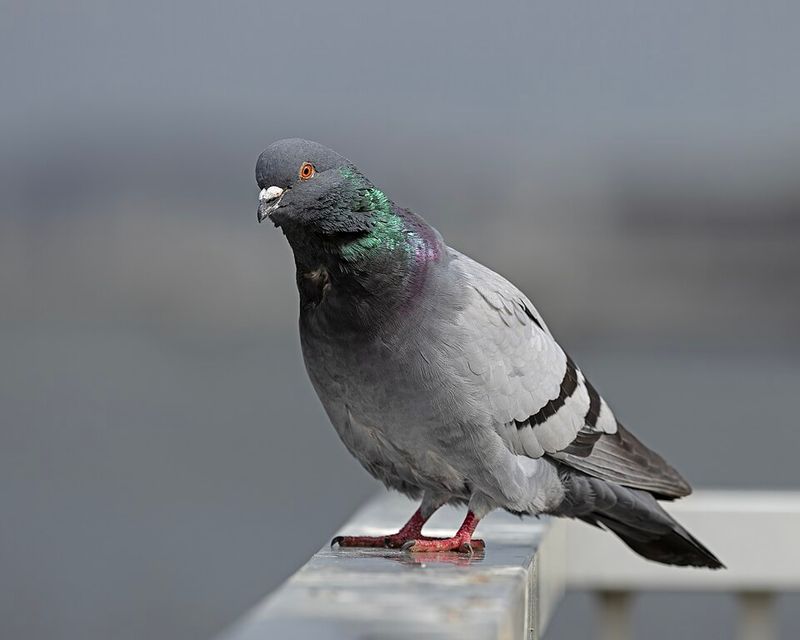
Rock doves, domesticated for thousands of years, escaped captivity to become the ubiquitous city pigeon. These descendants of cliff-dwelling birds treat skyscrapers and bridges as artificial cliffs. Their acidic droppings deteriorate stonework and metal, causing millions in damage to historic buildings.
Nesting materials clog drainage systems and ventilation ducts, while their feathers and feces harbor parasites and pathogens including histoplasmosis, cryptococcosis, and psittacosis.

